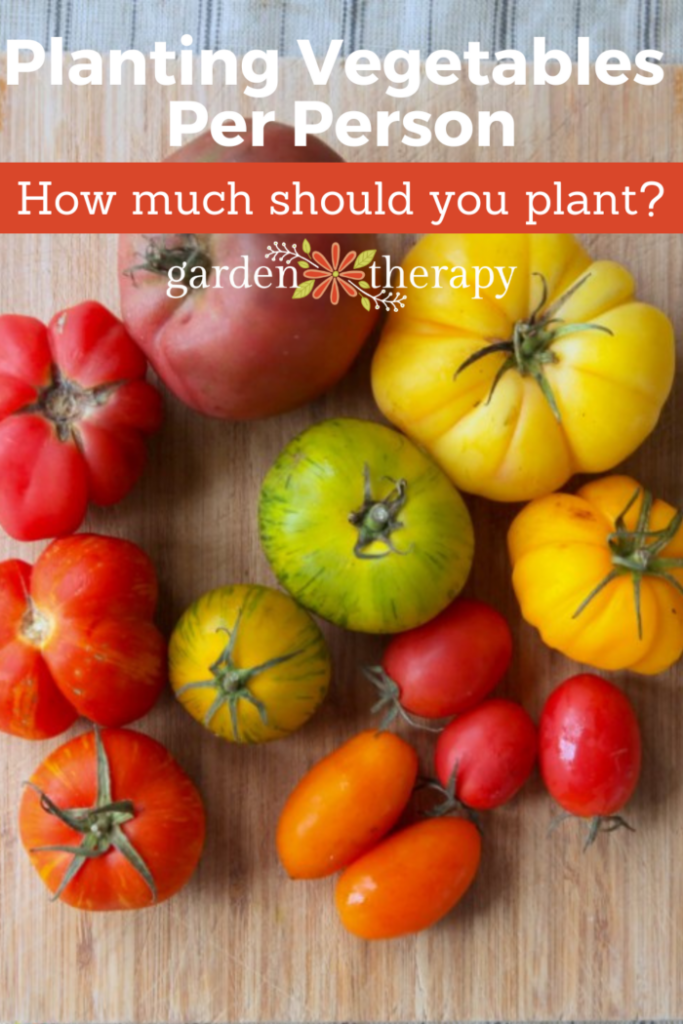When making plans for the garden, it can be difficult to determine how many vegetable plants you should be growing per person. Whether you’re on your own or have a family to feed, here are my tips for determining how many veggies per person you’ll need.
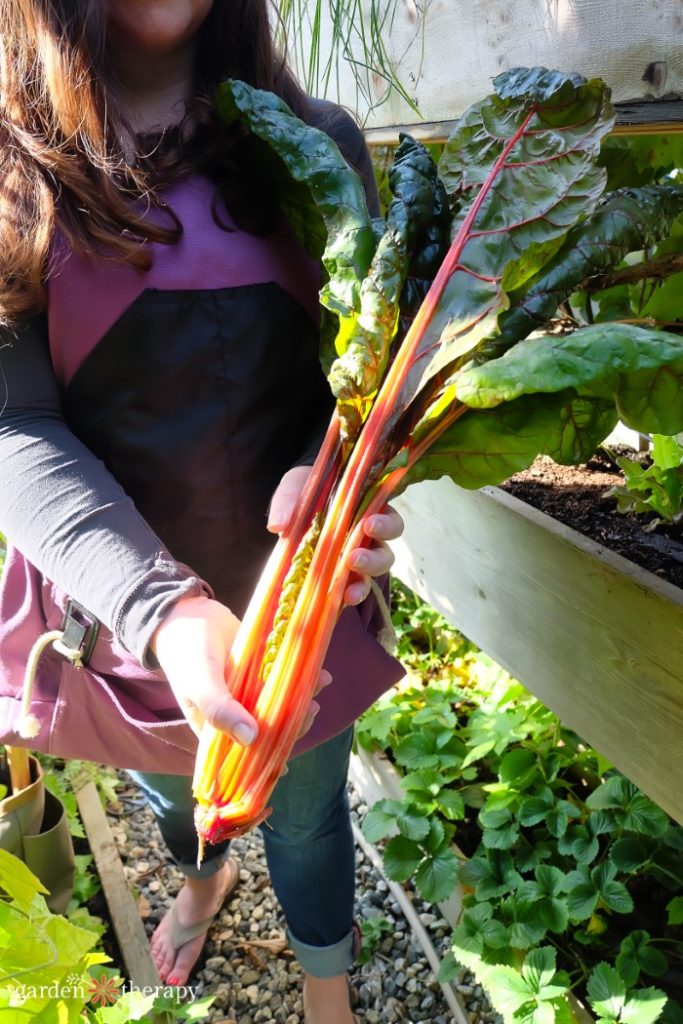
In this post, we will cover…
- Deciding How Many Vegetables to Plant Per Person
- Set Your Goals
- Choosing a Vegetable Bed Size
- Size of Plants
- Extending the Season
- Frequently Asked Questions About Sizing Vegetable Beds
Deciding How Many Vegetables to Plant Per Person
Here’s the step-by-step journey to take when you first decide how many veggies to plant for a harvest that will feed everyone gathered at your table.
Set Your Goals
Before you can start with numbers, you need to know your goals. How many vegetables you need per person will vary greatly depending on how you intend to use them! If you’re just getting started, you may just be looking to include some more vegetables into your daily diet.
A more experienced gardener may want to grow heirloom varieties you can’t get at the store. Others will want to feed the whole family or have lots for canning. The number of vegetables to plant per person will change from one person/family to the next.
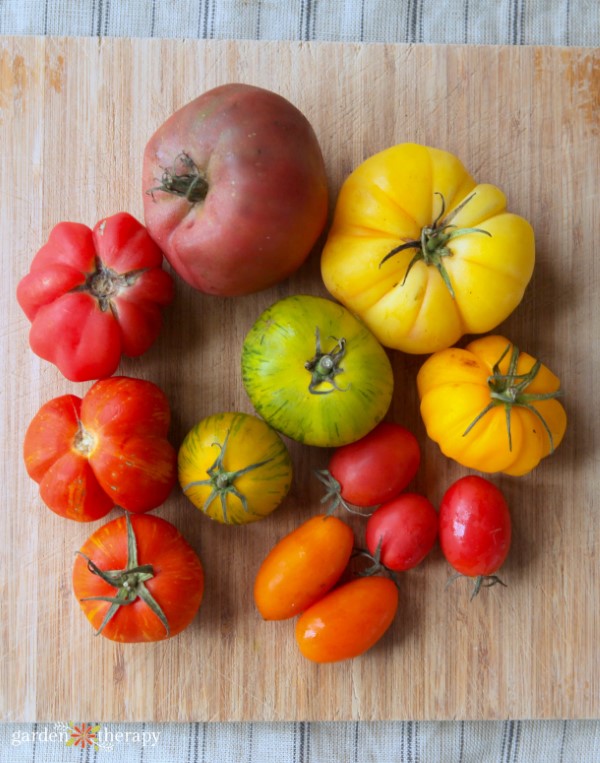
Choosing a Vegetable Bed Size
I want to start by saying there is no one size fits all for determining the number of veggies per person. Instead, I can provide a baseline, and you can determine if you think you need more or little!
The general rule of thumb is that you want 200 sq. ft. (19 m²) of vegetables per person. This can be broken up into many smaller beds or one larger one. If you have limited space, use vertical space, containers on porches, and indoor gardening.
You want to start off small. If it’s your first time growing vegetables, you might want to begin with some smaller raised beds or container gardens first to get the hang of what vegetables you can grow and will actually eat from your garden.
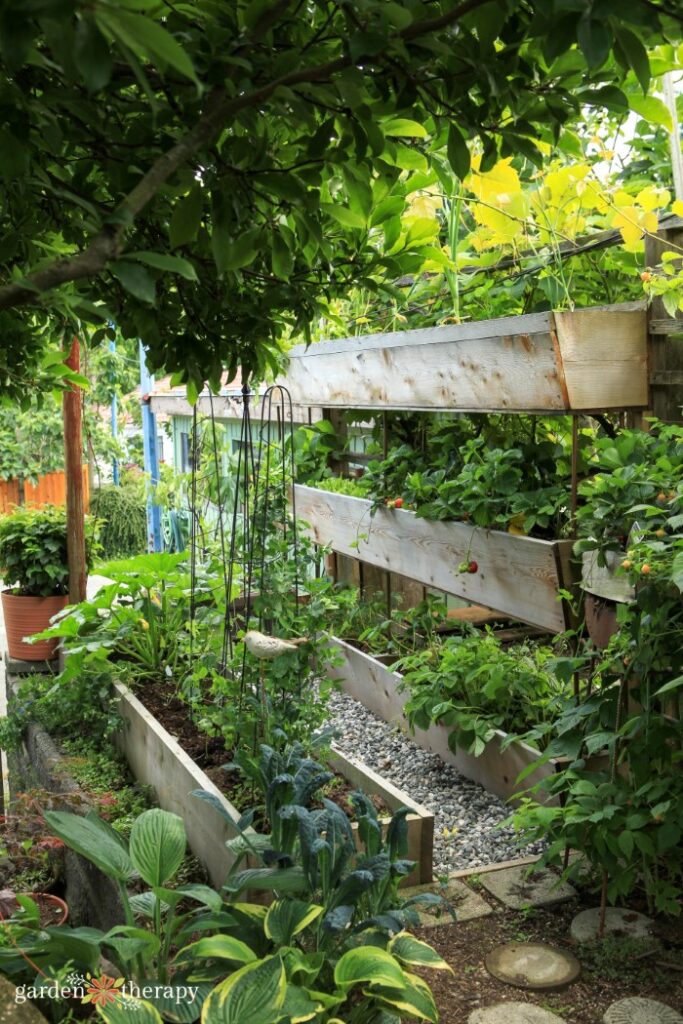
Size of Plants
What you decide to plant will also have a great effect. For instance, you will require one sq. ft. for a single pepper plant but can also grow 16 carrots in the same space. Some plants just take more room!
You can consider interplanting to utilize space efficiently. Interplanting is when you plant smaller crops for very compact growing between other rows of plants. Interplanting can also be a great form of natural pest control by mixing pest-repelling herbs amongst your veggies.
See my square-foot planting guide to get more examples of how many vegetables you can fit in one space. Seed packets will also tell you the total yield and space requirements to help you determine how much you want to grow.
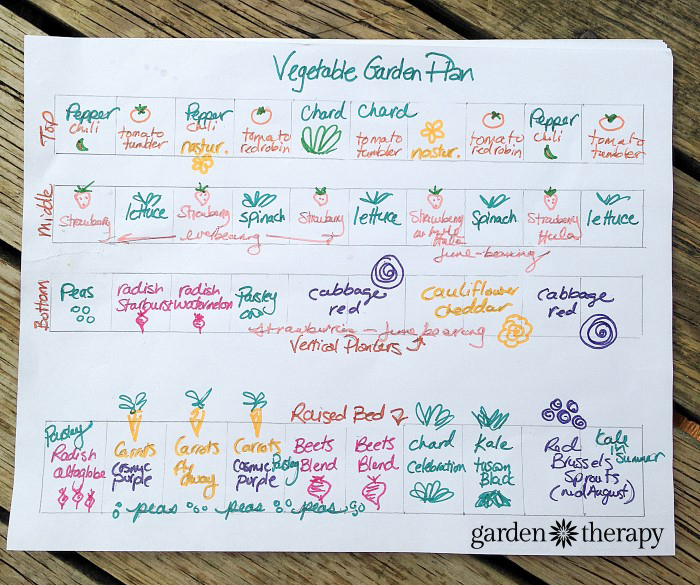
Extending the Season
If you want to rely greatly on vegetables to feed your family, or you also want plenty of things to can and preserve, you’ll want to extend the season. Things like cold frames and mini greenhouses are great for starting the season early or ending it late (more ideas for season extenders here).
Also, don’t discount your indoor space. Herbs are one of the best things to grow indoors, thanks to their compact size and the fact that they’ll be easy to access for cooking and herbal recipes. Another one of my favourites for indoors is sprouts.
You can also grow some fast-growing vegetables, like radishes or lettuce, when another crop has finished for bonus veggies close to the end of the season.
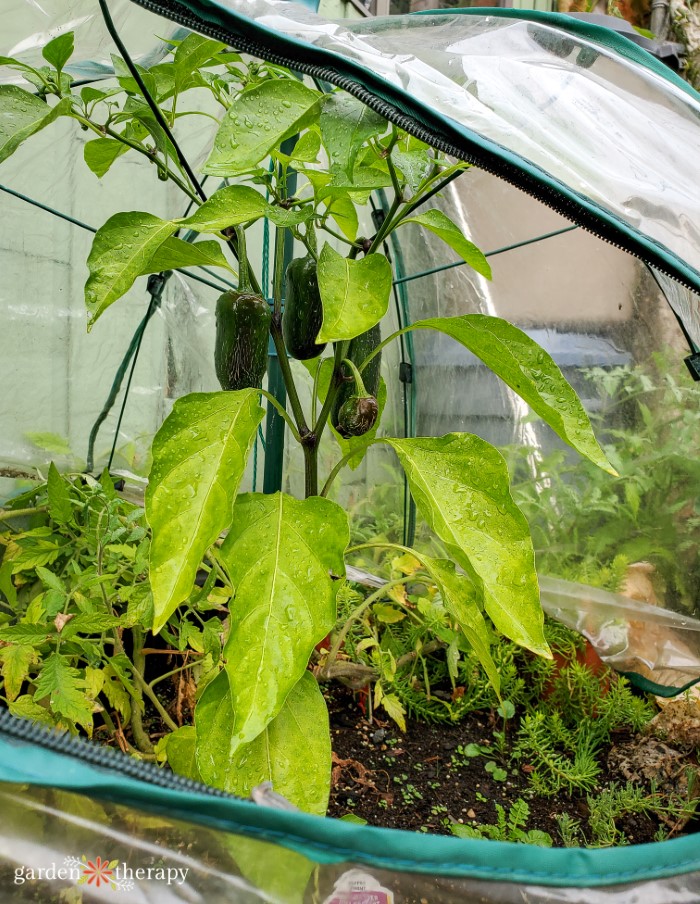
Frequently Asked Questions About Sizing Vegetable Beds
Following the rule of 200 sq. ft. per person, you would need 800 sq. ft. of gardening space to feed a family of four. Remember to reduce that number if you want to supplement it with produce bought from the store and increase that number if you want extras to preserve.
As an urban gardener with limited space, I’m picky about what I grow in my garden. I only grow vegetables that I frequently use (like lettuce), that taste better fresh (tomatoes), are hard to find (cucamelons), and are worth the effort. With food costs rising, I’ve wanted to shop at the grocery store less and grow my own vegetables more. You can see which ones I think are better to grow at home, and which ones I wouldn’t grow at home.
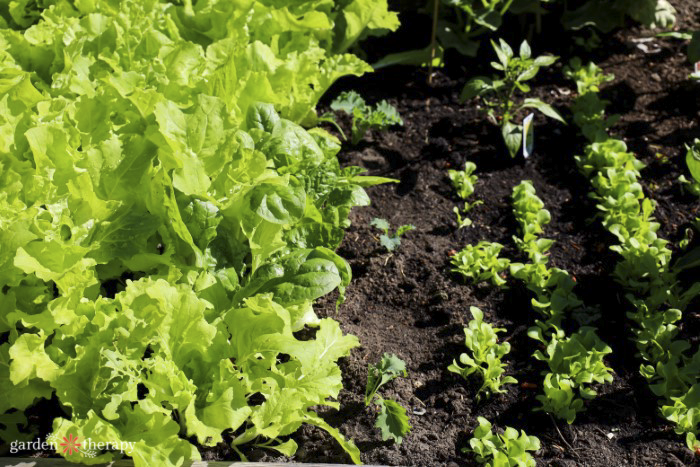
So how many vegetable plants do you need per person? First, you need to ask yourself how many vegetables you realistically will consume, and then see how big of a bed you need to grow them all based on their maturity size.
And if you ever have too many vegetables, you can always pickle your remaining veggies. Better yet, give some to your neighbours or share them in a community farm stand!

